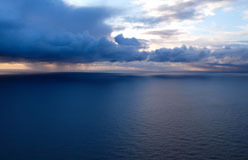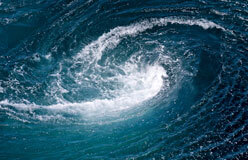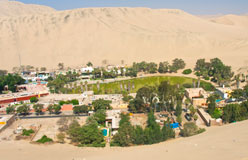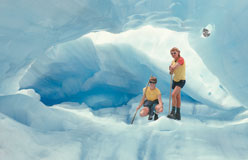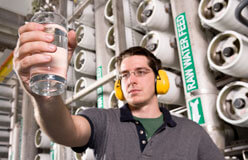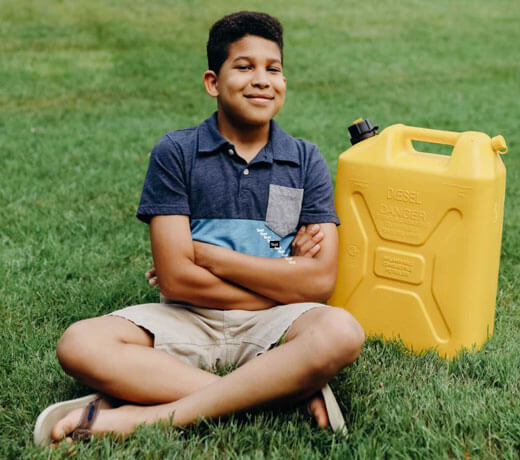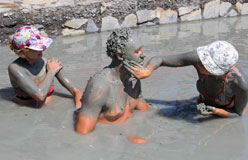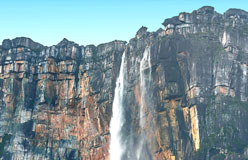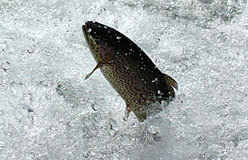The water cycle on Earth is a “closed system.” Water is very, very rarely lost to outer space. It never disappears.
That means the same water falls as rain over and over again. So, water that fell as rain on dinosaurs could also fall on you. Rain that just fell on you may fall on someone in Spain someday. How can the same water keep moving around in one big cycle? If we could follow a raindrop, we would see how this endless cycle works.
